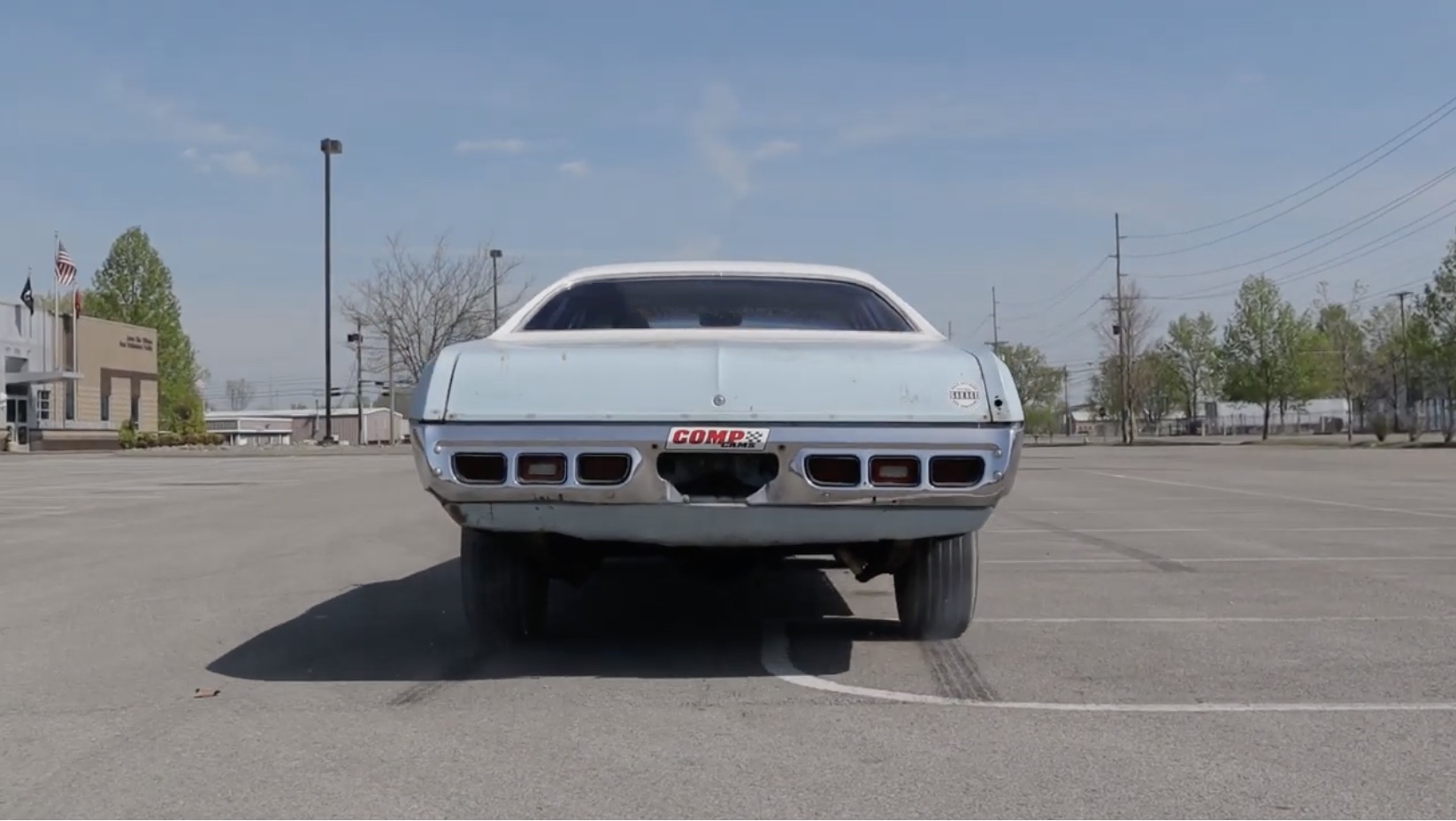“Power is nothing without control”. That’s the quote, and the quote is solid. You can bring enough horsepower to start the engine of an SR-71 Blackbird to the party, but if you can’t put that power to the ground without turning a set of slicks into melty cheese wheels, it’s no good. And there are a lot of people in the world who are great at nuking the rear tires at the wrong time. It was the only hope I had when it was my Buick Regal GS against something with a V8 and rear wheel drive. My hope was to psych them out with walled-up engine noises and a holeshot launch, and every now and then I’d get lucky and while they were signing their name onto the asphalt, I was hooked and booking, praying that the boost from the blower would be enough.
The suspension game is the thinking racer’s game. You have to know every final movement your car makes from the second torque is applied to the ground until you are flying straight and true. What does the car do on launch? What twisting forces act where? How does the front suspension react, which tire gets planted harder, and most important, how do you tweak the settings to your favor? One common story I heard growing up involved late 1960s Chevrolets and an air bag in place of the coil, booted up to offset the twist of the rear axle on launch, allowing the heavy Chevy to launch straight instead of the funky squat and slide launch they usually were good for. With the Bottle Rocket Coronet as a test mule, Uncle Tony is going to give you a recipe that’ll work for pretty much any Chrysler product that a BangShifter would be trying to do something with. Pay attention, class is in session:












